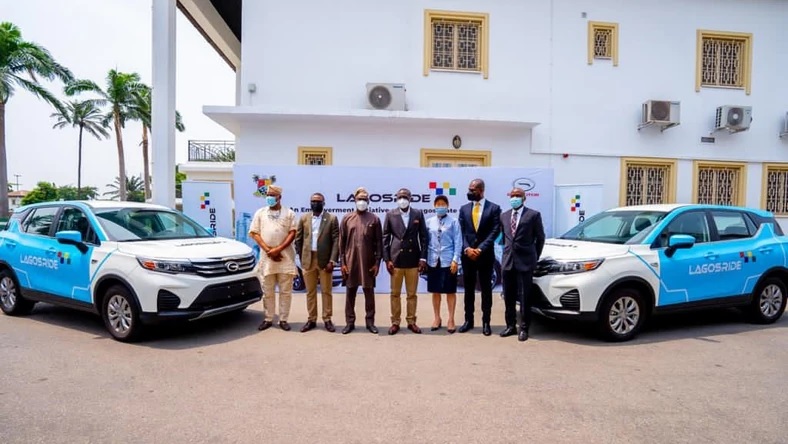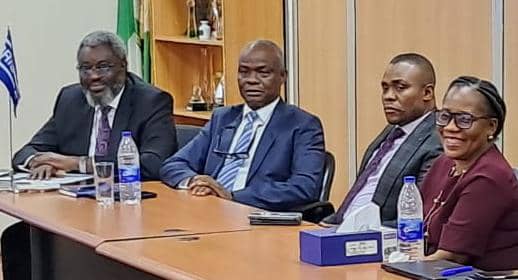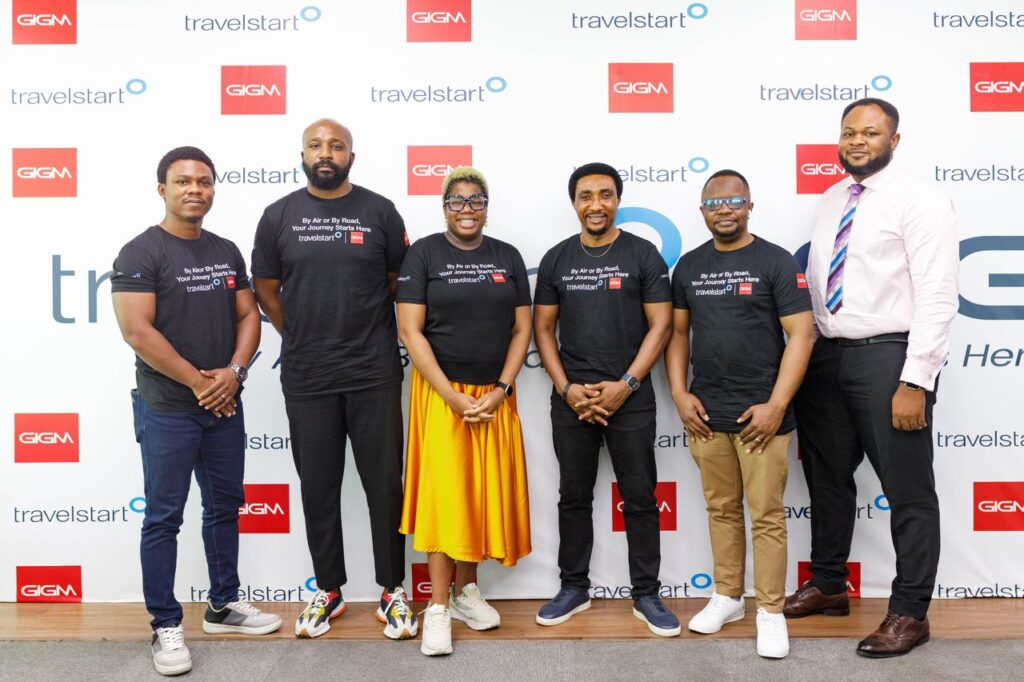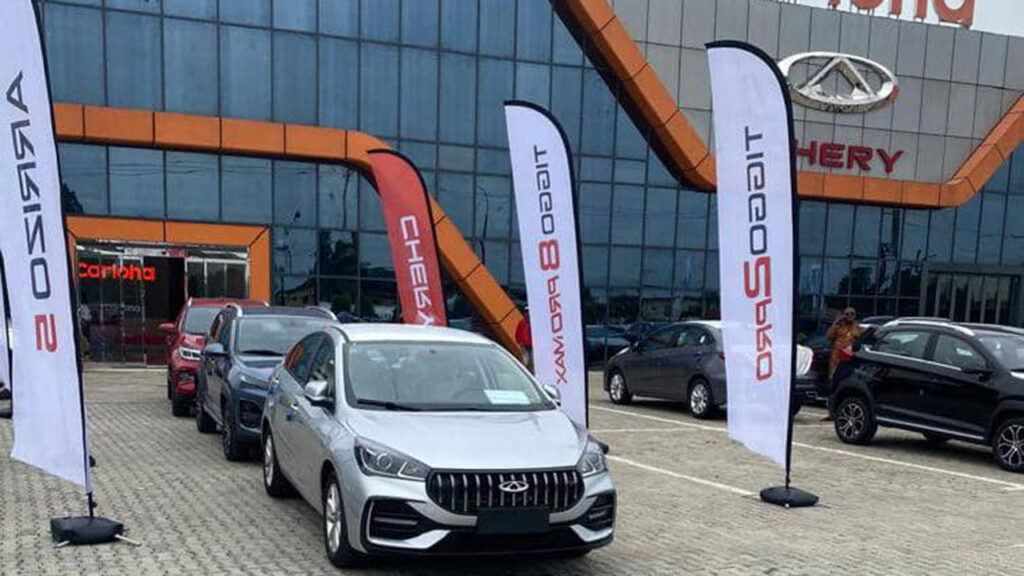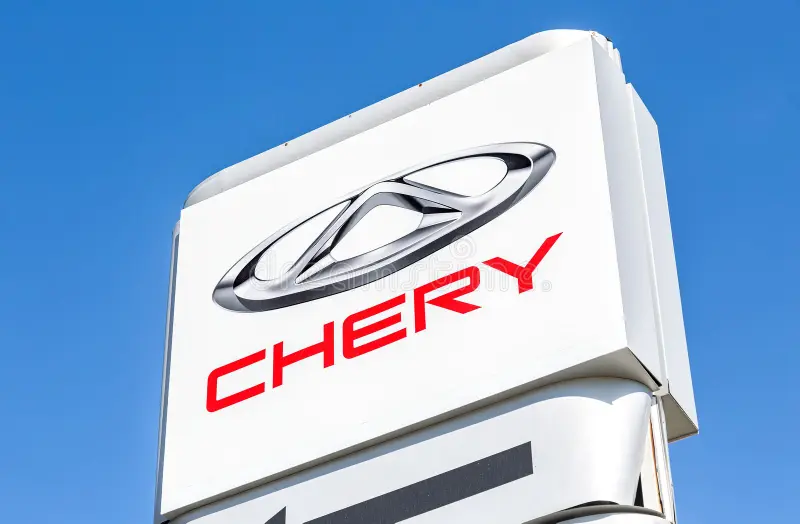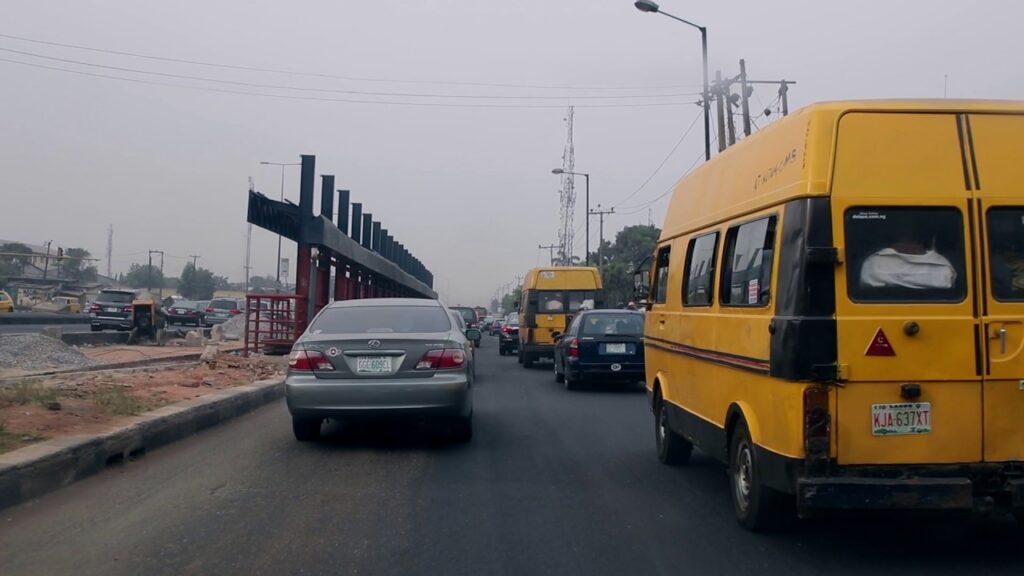 The decision by the Lagos State Government to unveil its Lagos Ride initiative may have passed necessary economic tests and logic but defies the ethics of fairness and equity considering that the state government is about to become a regulator and operator.
The decision by the Lagos State Government to unveil its Lagos Ride initiative may have passed necessary economic tests and logic but defies the ethics of fairness and equity considering that the state government is about to become a regulator and operator.
Indeed, stakeholders noted that the state government ought to have created an enabling environment for e-hailing businesses to thrive rather than becoming a competitor.
The state government in 2020, was at loggerheads with operators in the e-hailing sector over plans to regulate the business. The requirements stipulated for e-hailing companies included N25 million licence fee for companies with more than 1,000 registered vehicles and N10 million for companies with fewer.
Subsequently, companies will be required to pay yearly renewal fees of N5 million and N10 million for companies with more than 1,000 vehicles. E-hailing companies are also required to remit 10 per cent of each transaction per trip to the state government as service charge.
Though the Lagos State Commissioner for Transportation, Dr Frederic Oladeinde, had last year, clarified that the new Lagos Ride scheme was not a government initiative aimed at clamping down on e-hailing operators in the state, there are concerns about the sincerity of the government in this regard as well as the viability of the scheme considering that this is not the first time the state government would be embarking on such empowerment schemes.
The administration of former Governor Babatunde Fashola, in 2009, commissioned 1,200 modern cabs to boost transportation in the state.
The governor had, in 2008, commissioned 250 modern cabs as part of the plan to take transportation in the state to the next level. During this commissioning, six companies were granted licences to operate the taxi scheme. One of the prerequisites for the granting of the licences was that each of the operators should have a minimum of 200 cabs in its fleet.
Today, many of the vehicles have faded into oblivion and unable to compete with e-hailing alternatives.
The government had experimented with the Red Cab but did not succeed due to the lack of maintenance and the high cost of rides. In 2020, Lagos partnered with Nathaniel Gideon and Segun Cole to launch Ekocab, which also did not break even.
The government has failed to provide a sustainable and effective alternative to ‘danfo’ buses or okada or unveil a feasible plan for the jobs that will be lost if it succeeds in eradicating public transport. Many riders of Danfo buses and other means of public transport say that they earn way more than BRT drivers are paid.
Uber/Bolt drivers, had last year, aired concerns over the imminent entry of Lagos Ride into the state’s e-hailing space. Many cited fears of crippling regulations, which could put them out of jobs, unfair competition, as well as a non-transparent driver onboarding process.
While the state government said the initiative was an empowerment programme, stakeholders are of the opinion that the process involved in the initiative amounts to slavery.
The new initiative, with code; “LagRide,” according to the state government, is to further ensure a seamless transportation system for teeming commuting populace in the state.
According to Governor Babajide Sanwo-Olu, LagosRide would deploy 1,000 units of brand new Sport Utility Vehicles (SUVs) within the Lagos metropolis in the first phase.
It is indeed a laudable project from the governor, but the processes involved in the initiative may not allow it to see the light of the day.
The branded SUVs the Lagos government unveiled typically cost upwards of ₦10 million ($26,000) in Nigeria, but the governor revealed that the Cooperative Society in the Lagos Ministry of Wealth Creation would give drivers the room to pay monthly installments for a period of four years.
The process involved in becoming a driver has been described as more tedious as drivers are required to make a non-refundable fee of N17,000 to cover verification of LASDRI ID, verification of LASRAA ID, medical history check, security check, NIN verification and driver’s license verification.
If the prospective driver passes the test, he has to make a down payment of over N1.8 million, then a daily payment of N N8,709, which translates to N60,963 every week. This will be done for four years before you can own the vehicle.
It was gathered that the app is available on Google Play store, where the franchise company described it as “a mobility solution that will allow users book and share the cost of a ride with similar transit patterns.”
The modus operandi of the app will link up users based on their preferred pick and drop off points each, not more than 1km apart respectively and pick-up time not more than five minutes apart.
For the existing ride-hailing services (Uber, Bolt, Indrive, others), if you own your car, you can easily register on their platform.
Unlike the Lagride, Uber and Bolt, among others, e-hailing app requires a driver to come up with a 2003 model car, obtain the LASDRI ID card and national driver’s licence, then onboard on their platform.
Last week, Uber lowered its service fee from 25 per cent to 20 per cent to enable better earning opportunities for drivers using the Uber App in Abuja and Lagos.
Uber believes that this will help to ensure that drivers are able to maximize their earnings while using the app.
The Guardian learnt that the brand new LagRide cars range between N10 million to N13 million.
Meanwhile, for drivers using Uber, the ride-hailing service takes between 20 per cent and 30 per cent of the amount paid for every successful trip. That implies that the drivers would have 70 per cent to 80 per cent of the amount paid, with car ownership by the drivers.
For Bolt, the ride-hailing service takes only 15 to 20 per cent of the amount paid for every successful trip. This implies that drivers have between 80 to 85 per cent of the amount paid.
Though the LagRide is a laudable scheme, experts say it may be another project that will be fraught with challenges.
Also, with an estimated population of 21 million as of 2016, the Lagos roads play host to over five million cars and 200,000 commercial vehicles (when the national average stands at 11 vehicles per kilometre). In 2017, Lagos State recorded an average of 227 vehicles per kilometre of the road on a daily basis.
The cars that ply these roads range from luxury cars, averagely priced wheels and Lagos public vehicles that serve the transportation needs of millions of people.
Adding the additional 1,000 vehicles by the state government would further congest the population of Lagos rather than focus on other means of transportation within the state.
For Otaigbe Imadegbelo, he said the initiative is a very hard sell and yet another reason why the government should face governance and leave the business for business people.
He said the company needs to re-strategise properly as only well-grounded companies with ultra large spreads come up with such stringent factors. Otherwise, it might join its ancestors in no time.
Giving his advice, he said the initiative could be the official taxi for Lagos State Government workers, while the government cuts down on purchase, fueling and maintenance of vehicles alongside employment of drivers.
A bolt driver, Samson Etor, said the government wants to compete with private firms, “but it is either this business dies off after a few years or it schemes out the private sector competitors through monopolistic policies.”
For Oyin, a Twitter user, @OyinCookie, said: “Lagos State government got their priorities mixed up. In a heavily congested city, you neglect development of water and railway transportation to add to the traffic. They may soon make Uber and Bolt pack up. LagRide is just another money making scheme.”
But for Professionals E-Hailing Drivers and Private-Owners Association (PEDPA), the initiative will change the ugly status of the current shambolic e-hailing system.
National President, PEDPA, Idris Shonuga Oluwaseun, said the Lagos ride offering is many times better than what drivers are currently getting from the existing app platforms.
He said: “Lagos Ride provides a brand new vehicle with a structured maintenance plan in place over the four years of repayment. This is unlike other ride hailing companies that collect 25 per cent commission without any plans or measures to support our vehicles and us when they break down.
“We want to announce to us that Lagos Ride has recommended banks for us to lend our members the 20 per cent equity contribution for initial deposit for Lagos Ride. As at today, the recommended banks have gotten approvals for the equity contribution for PEDPAN members for or any other interested e-hailing driver,” he said.
The recent incident that occurred last week of a gruesome murder of Oluwabamise Ayanwole, who got missing after boarding a Lagos Bus Rapid Transit (BRT) vehicle, and her body was found at Carter Bridge, poses a threat to insecurity in the state.
How does Lagos hope to mitigate insecurity if someone is not safe on BRT, how would one be safe on LagRide?

